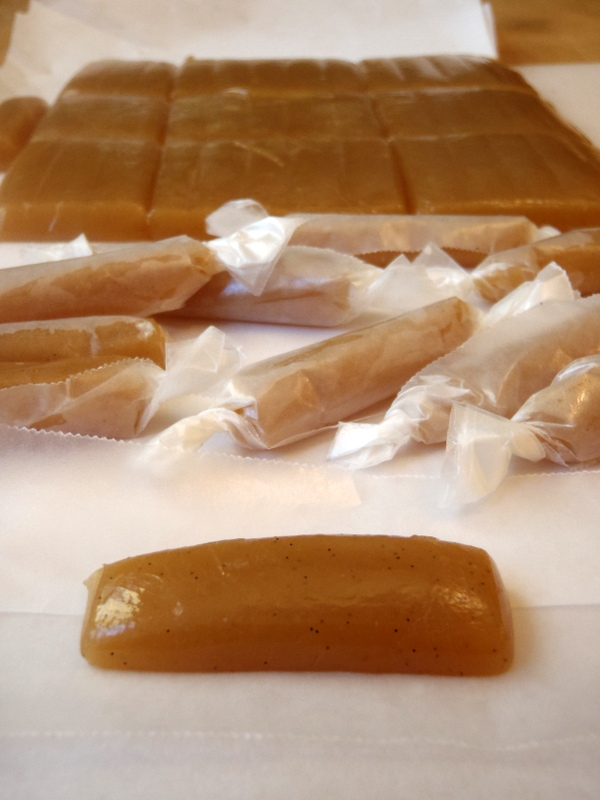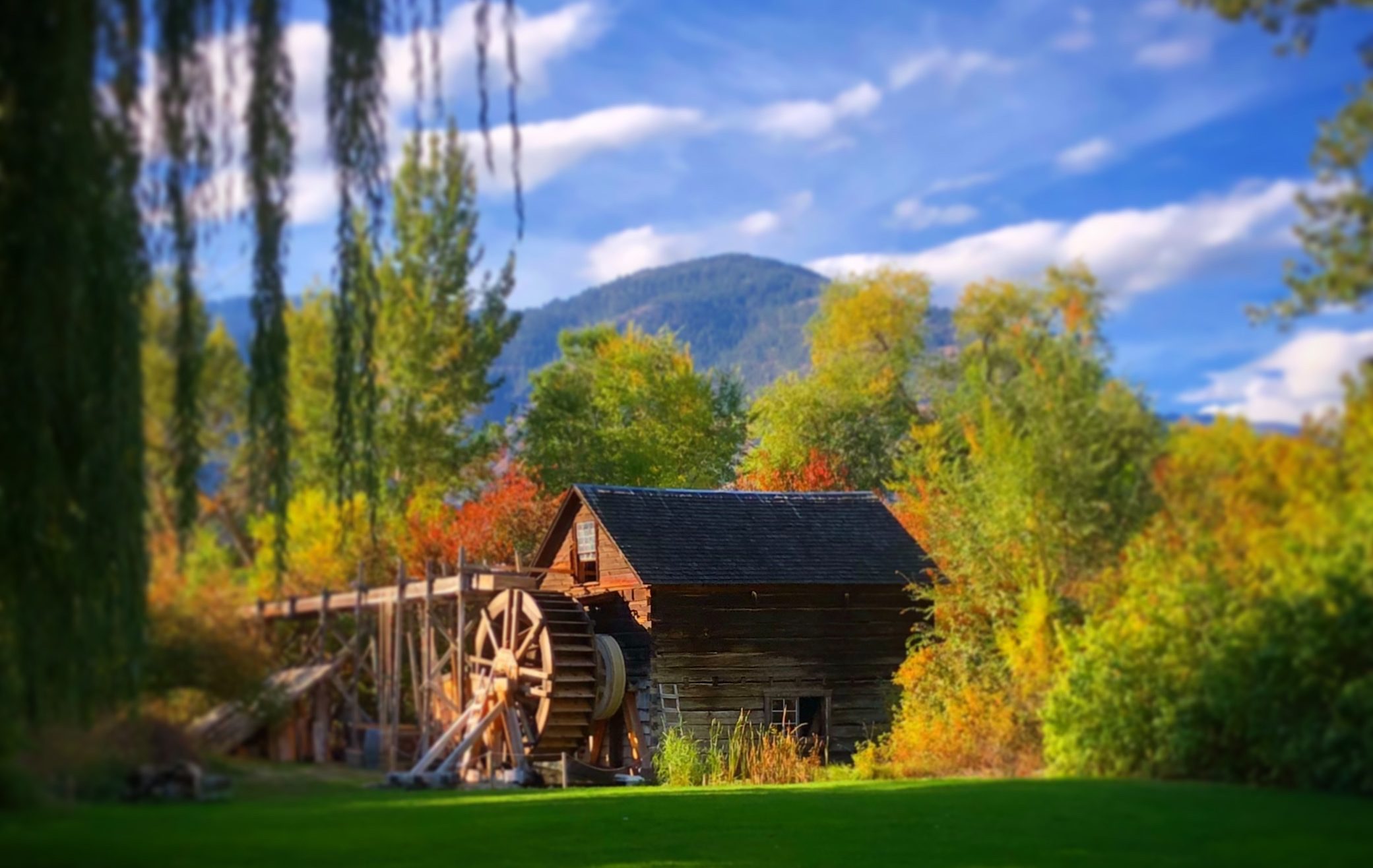
Congratulations, you’re now the proud owner of a living sourdough culture. The truth is, taking care of it is more art than science, so we’re going to give you a lesson, not just a set of instructions…
Some Useful Background
A sourdough culture is made up of four things: flour, water, yeast and bacteria.
The basic idea is that you have this jar of flour and water in which both yeast and a particular set of beneficial bacteria happily live in. Those guests gradually eat the flour and turn it into carbon dioxide, alcohol (often called “hooch”), a tangy acid (hence the name “sourdough”) and a bunch of other complex things. In other words, you’ve got an advanced microbiology experiment, right on your kitchen counter.
Left alone, your living culture will produce so much acid, alcohol and carbon dioxide that the whole process will grind to a halt and the culture will die. As the proud owner of a sourdough culture, your goal is to keep the thing alive and adequately happy until you’re ready to take advantage of it’s incredible transformative powers. By feeding your culture regularly and taking away some of it for baking, you can easily control the accumulation of these by-products.
There are also a few other variables you have in your control, for example, temperature. Your culture is most active at a temperature just above room temperature; as such, the warmer the room, the more often you’ll need to feed it. Putting your culture into the fridge is an effective way to slow it down, if you know you can’t tend it consistently, but don’t store your culture in an air-tight container for too long; it can suffocate on the carbon dioxide it’s creating.
How often and how much you feed your starter culture is a matter of personal preference, but be mindful that if you feed it big meals of flour and water regularly, you’re going to have a lot of very happy starter. The less often you feed it, the more time there is for acids and alcohols to build up, which add flavour but reduce the activity. In terms of overall amounts, we feed ours equal volumes of water and flour once a day–usually about a quarter cup of each, but go higher if we know we’re giving some to others, or we’re going to bake a bunch of bread.
Because different flours can weigh different amounts of the same volume, your culture may be more or less runny than ours. If you see a recipe that mentions “baker’s percentages” or “percent hydration”, the numbers are based off the weight of flour; a starter with 100% hydration has equal weights (not equal volumes) of water and flour. The starter culture we gave you sits at about 140% hydration, but with that much water the culture eats through its food pretty quickly… if you’re not planning on baking every second or third day like we do, we’d suggest reducing the amount of water you put in and go for a less wet culture.
How will you know if something’s not right with your culture? If your culture smells yeasty and a little like sourdough, and seems frothy and like it’s grown a little a few hours after feeding it, you’ve got a healthy culture. If it smells really sour, or like it’s just been on a Just-Hit-Legal-Drinking-Age-style bender, it likely needs to be fed; you need to use and/or dilute it with fresh flour and water right away. If you see mold on your starter, you can safely assume your culture is dead. Way to go, murderer! (The particular yeast and bacteria that co-exist in your healthy culture are remarkably good at keeping bad bacteria and molds from growing, so any sign of them means it’s time to dispose of your culture.)
If you leave your culture untended for a few days, a greyish liquid might form at the top of your culture. That’s just hooch (alcohol) and you can either pour it out or mix it in; the alcohol will cook out when you’re baking and help give your bread a more interesting flavour, but too much of it can kill your culture.
If you know that you won’t be able to give your culture any attention for awhile, you might want to consider long-term storage. One of the best ways to do this is to freeze it. First, take some of your culture and smear it on a piece of wax paper. Once it’s completely dry, crumble the culture into powder and put it into a freezer bag, remove the air and put it into the freezer. The yeast goes dormant when it’s dry; when you’re ready to starting playing again, add the powder to a mixture of flour and water and start feeding it regularly again. It might take a week or two for the culture to fully come back to life, but when it smells and acts right, you know it’s ready for use.
When you use it for your first loaf of bread, you’re only going to use a portion of your starter–the rest will stay behind and continue to grow, which is why a sourdough starter culture is sometimes called a “mother culture”.
Of course, no matter how carefully you try to limit the amount of flour/water you’re adding, it doesn’t take long for you to end up with more starter than you can handle. Some of it might have to go down the drain, but sourdough starter can be used in a wide variety of recipes besides bread. For example, we make a quick pizza dough with it all the time. You can also use it for pancakes, waffles, crackers, flatbreads and more. And, of course, you can always share it with friends.
In Part Two of this guide, we’ll give you some more specific instructions and in Part Three, we’ll give you a recipe or two to start with.







